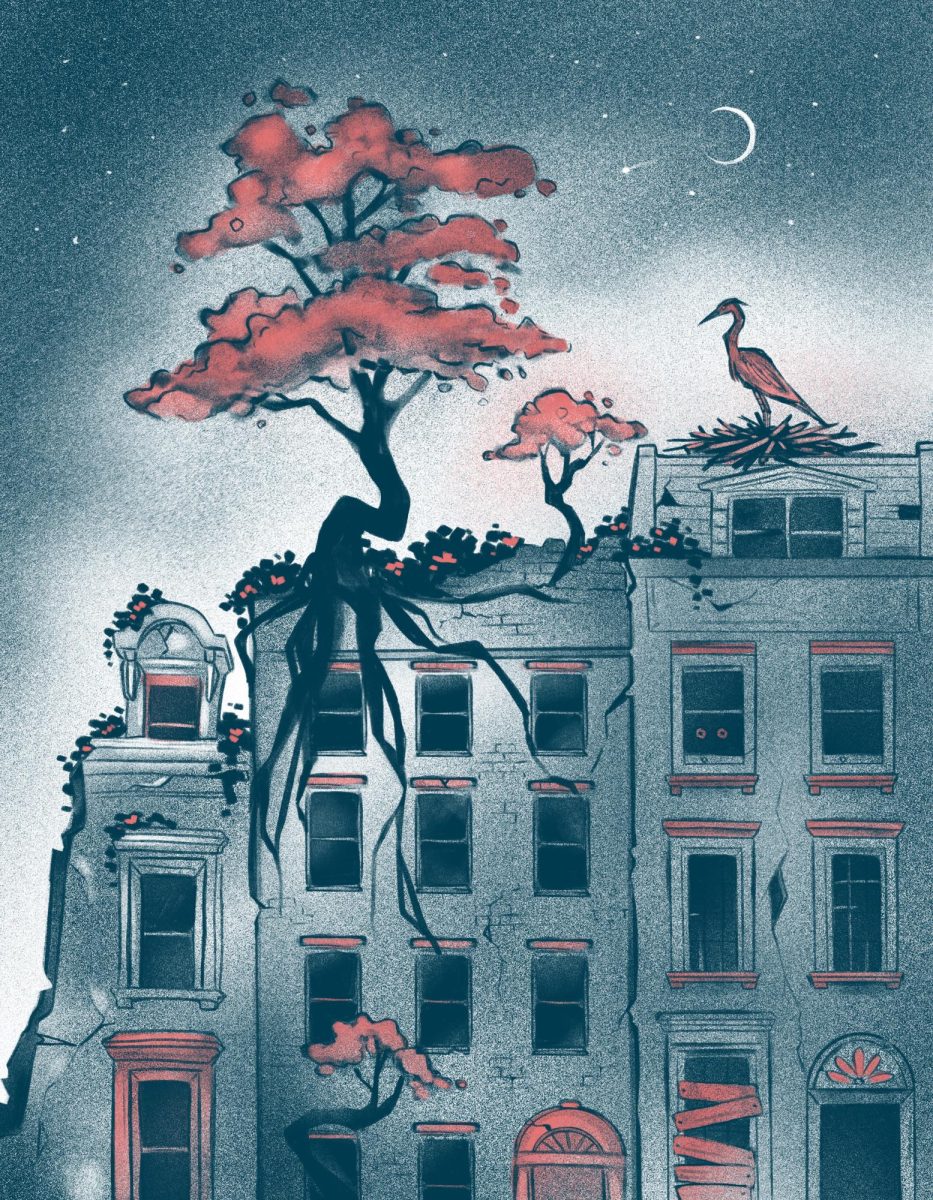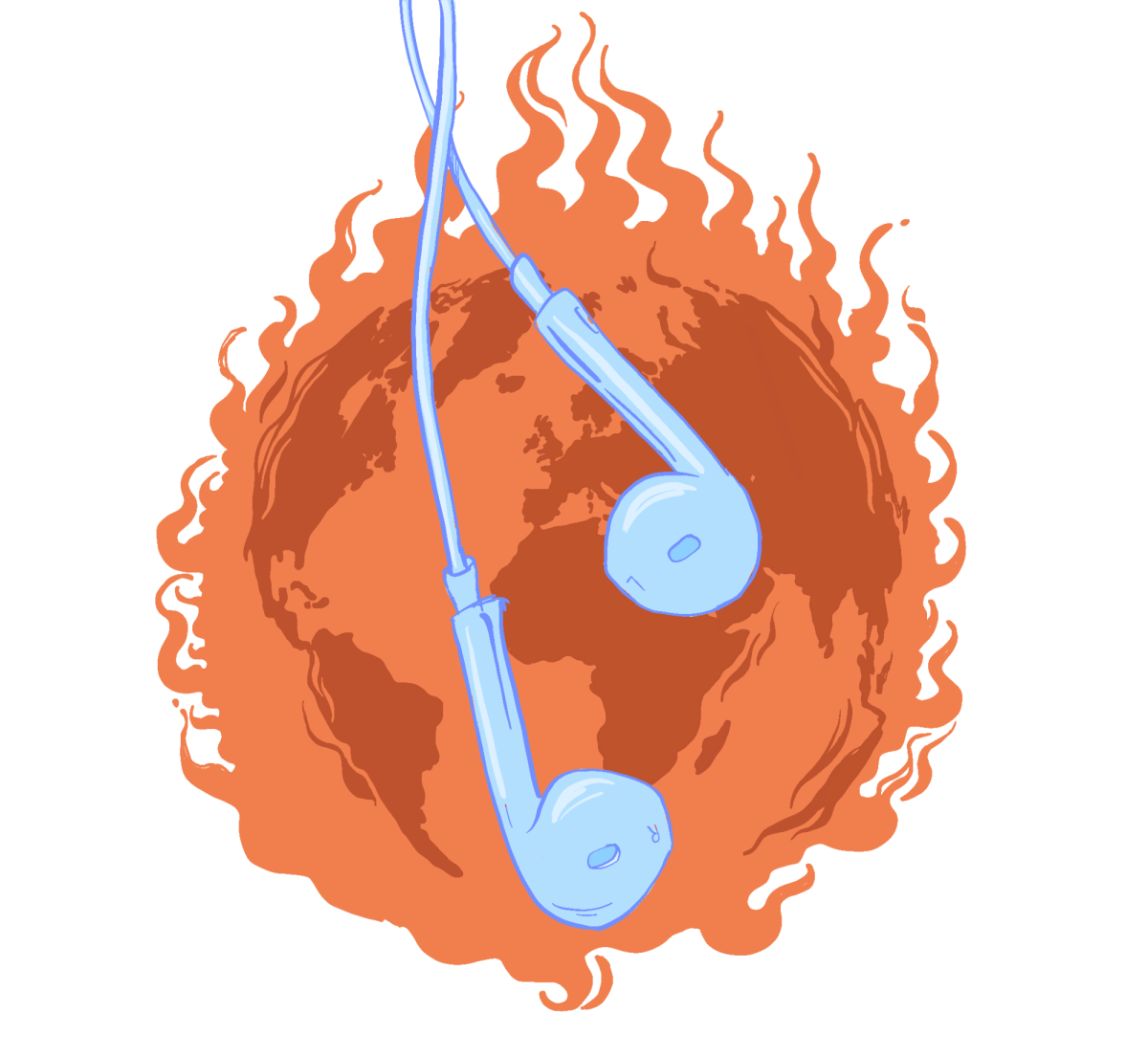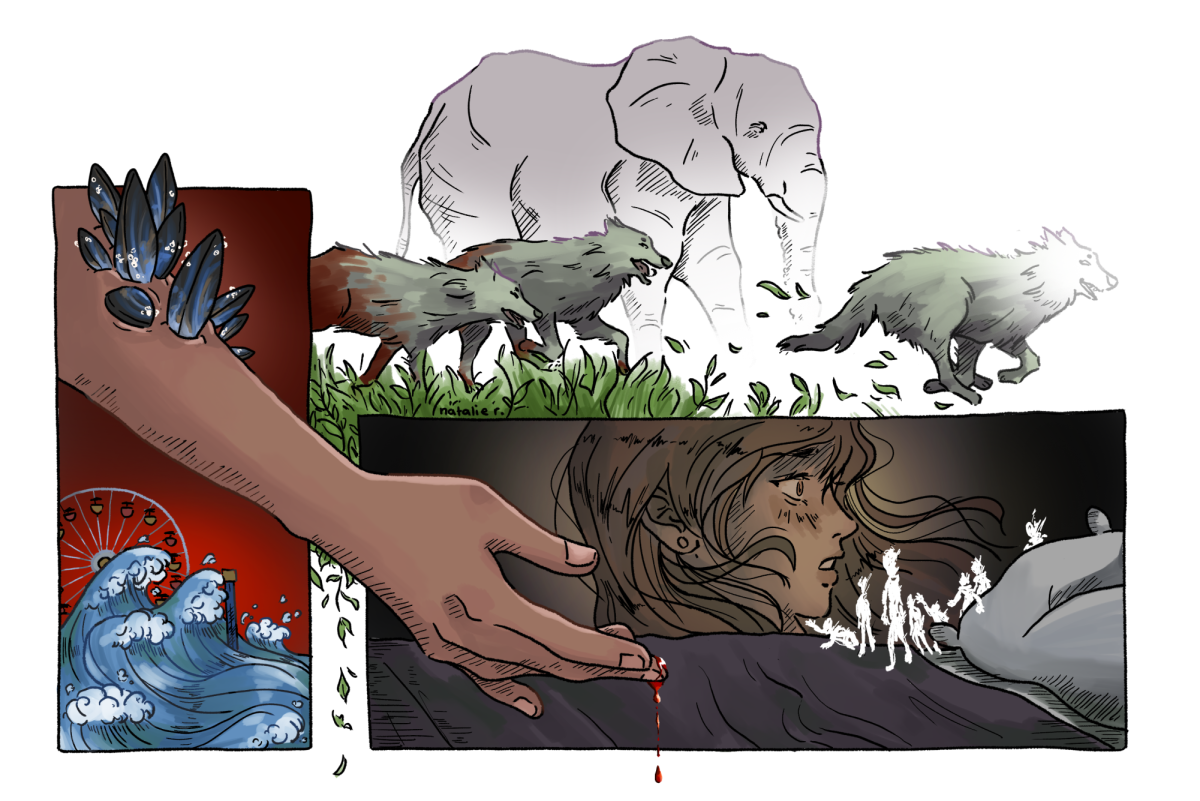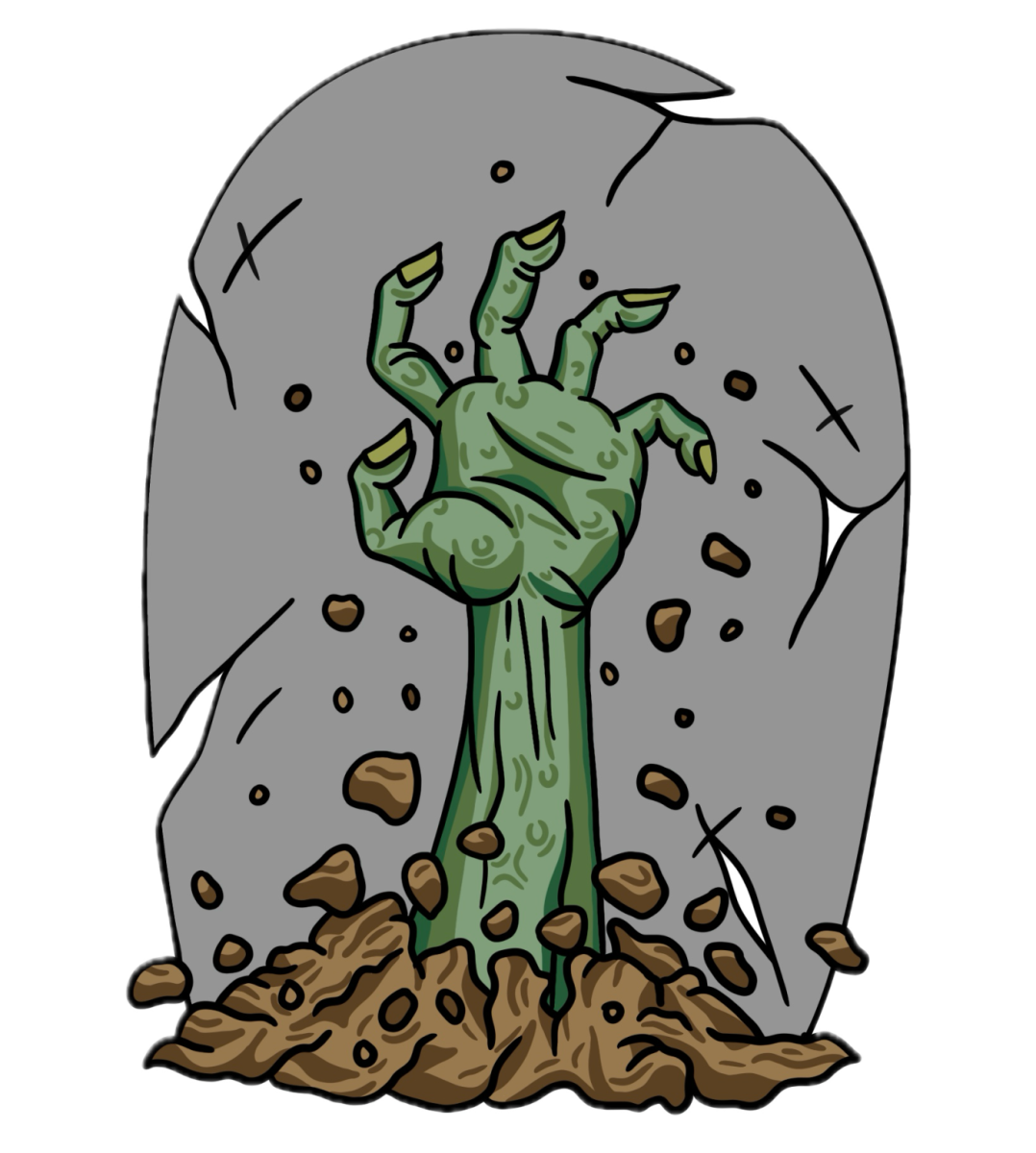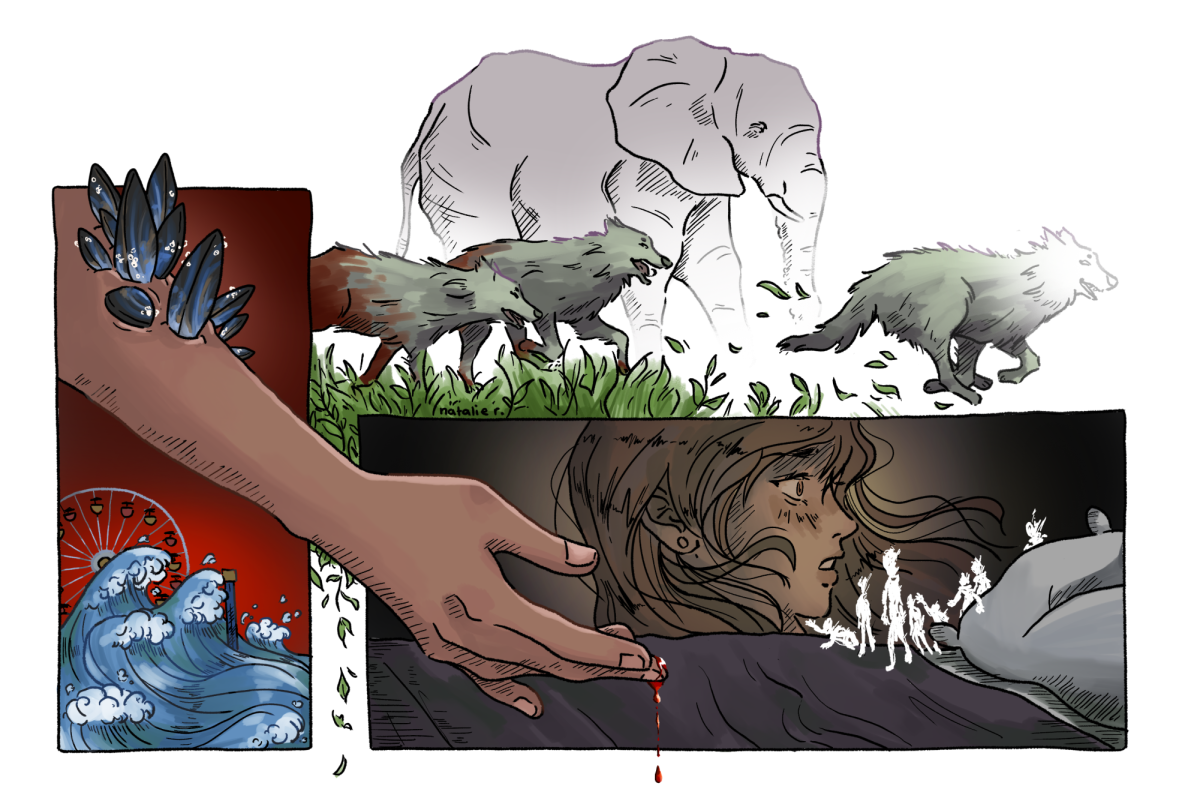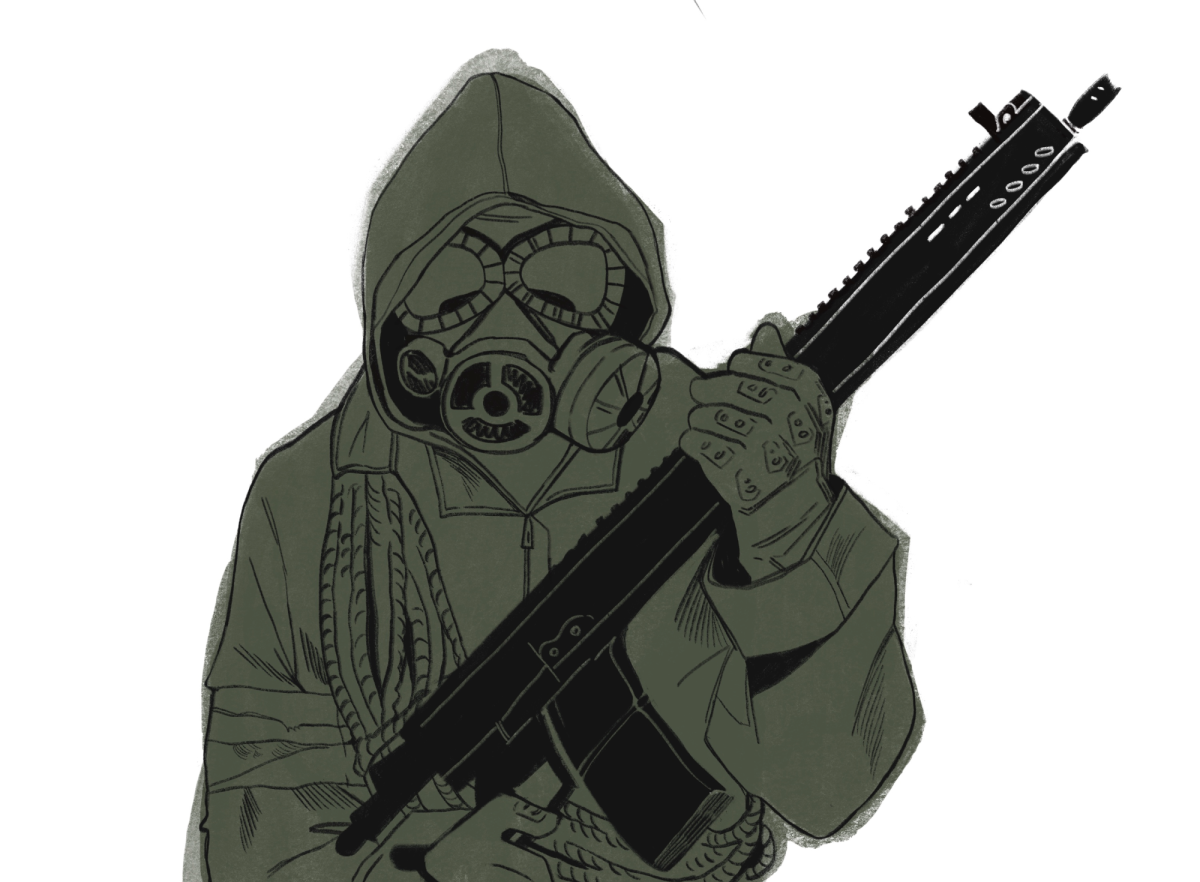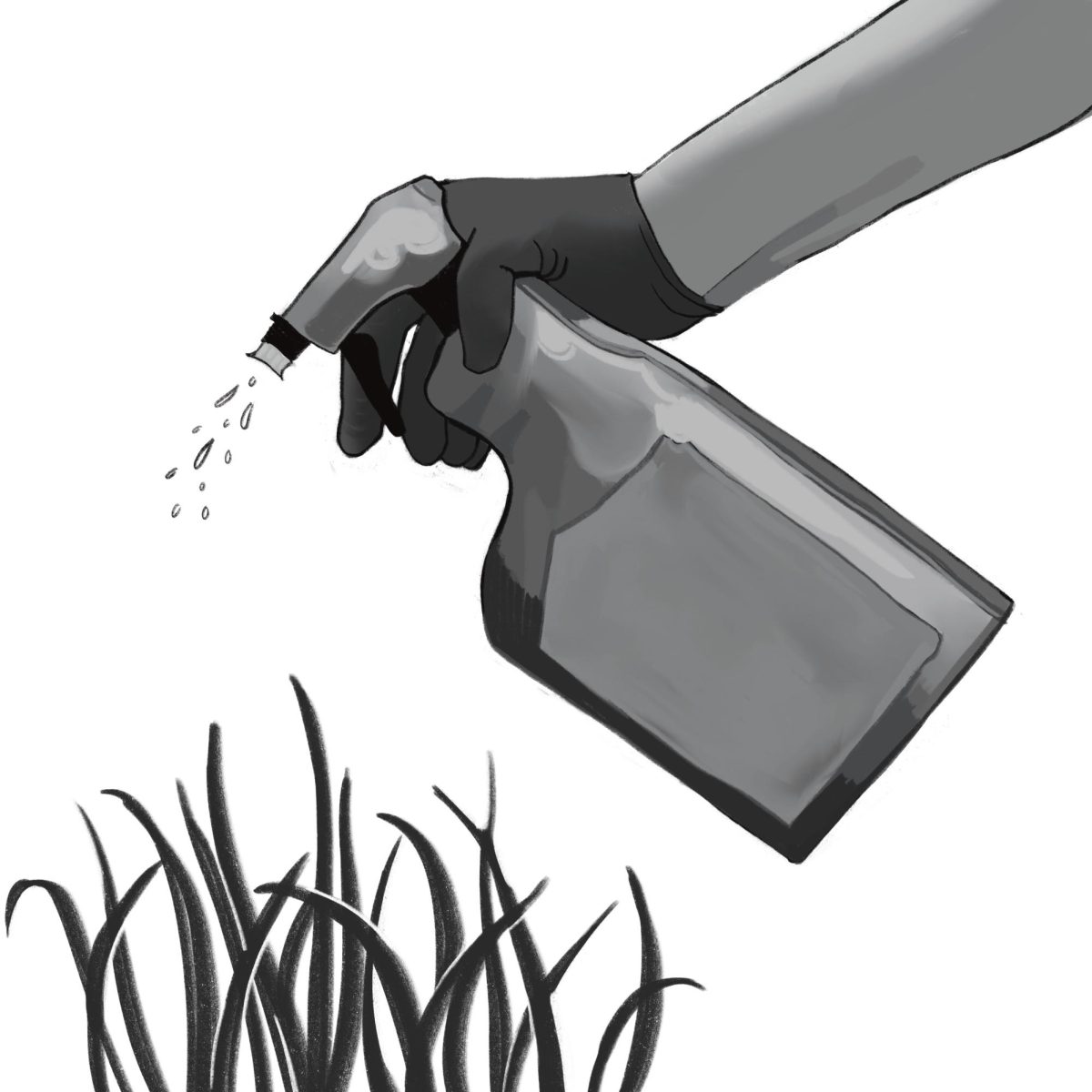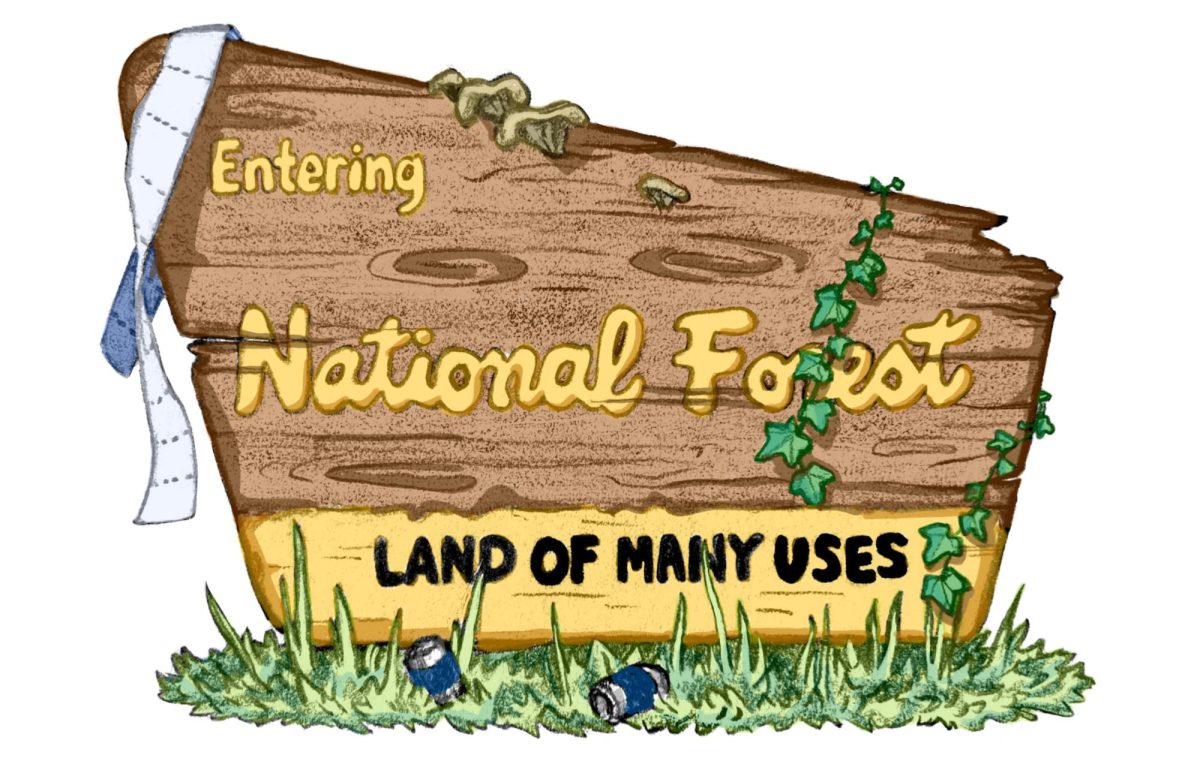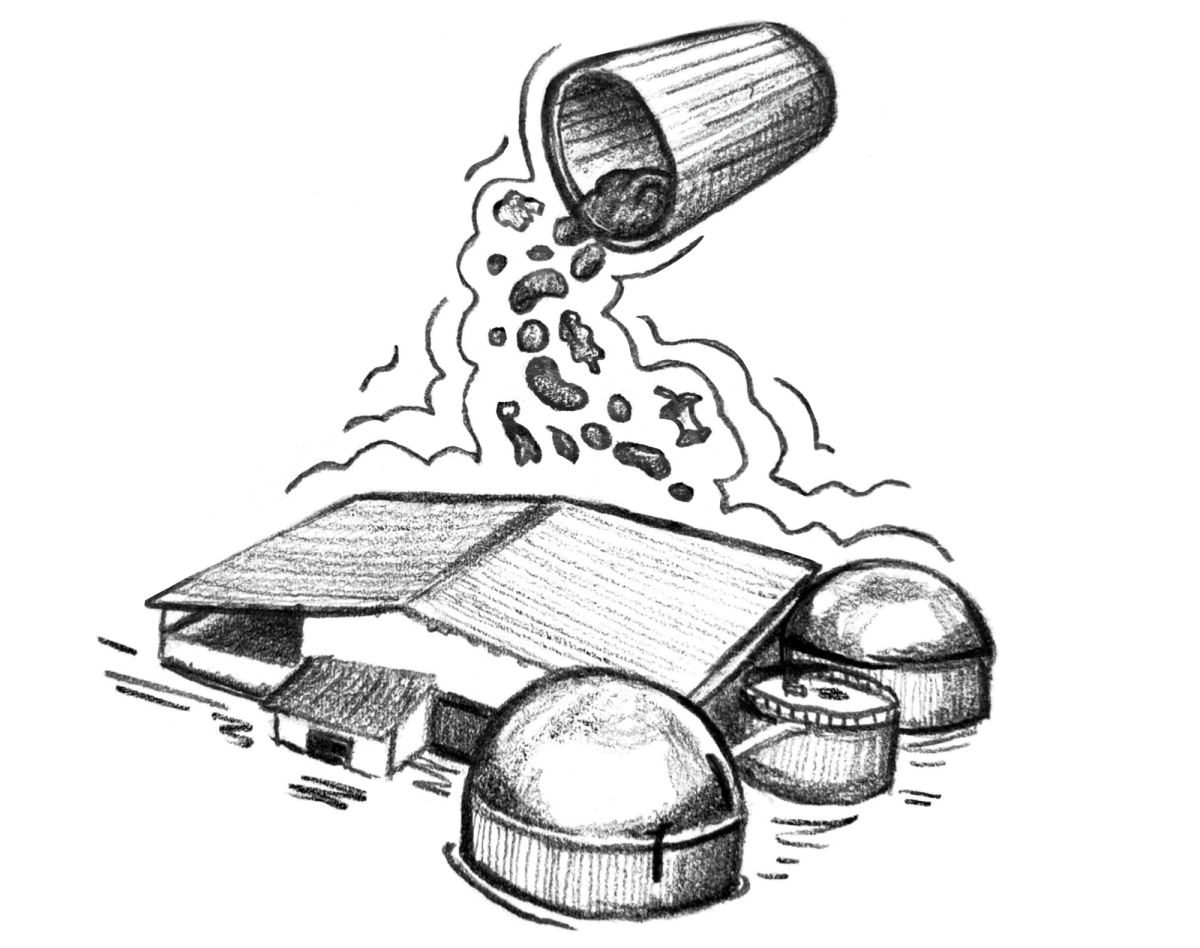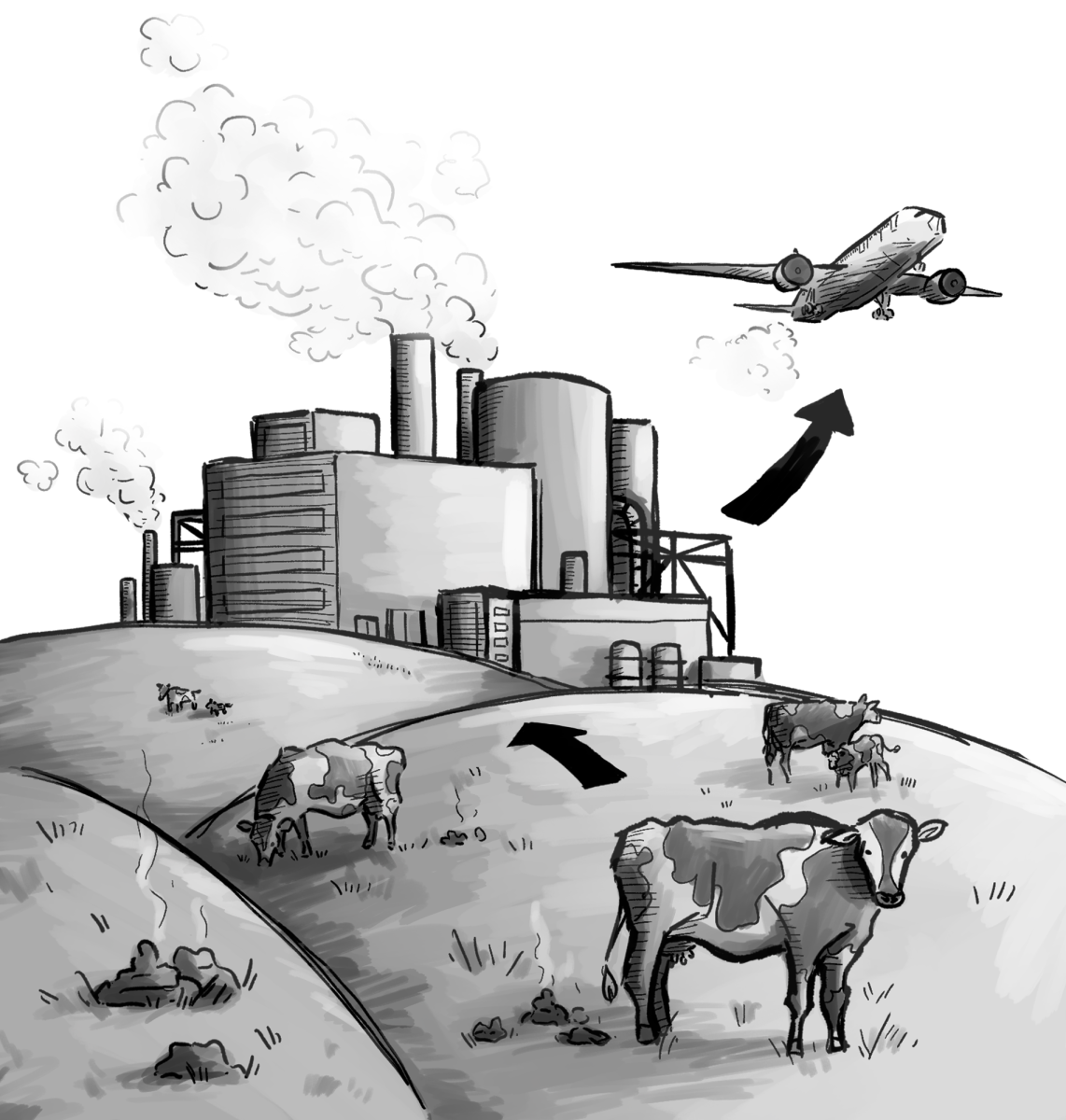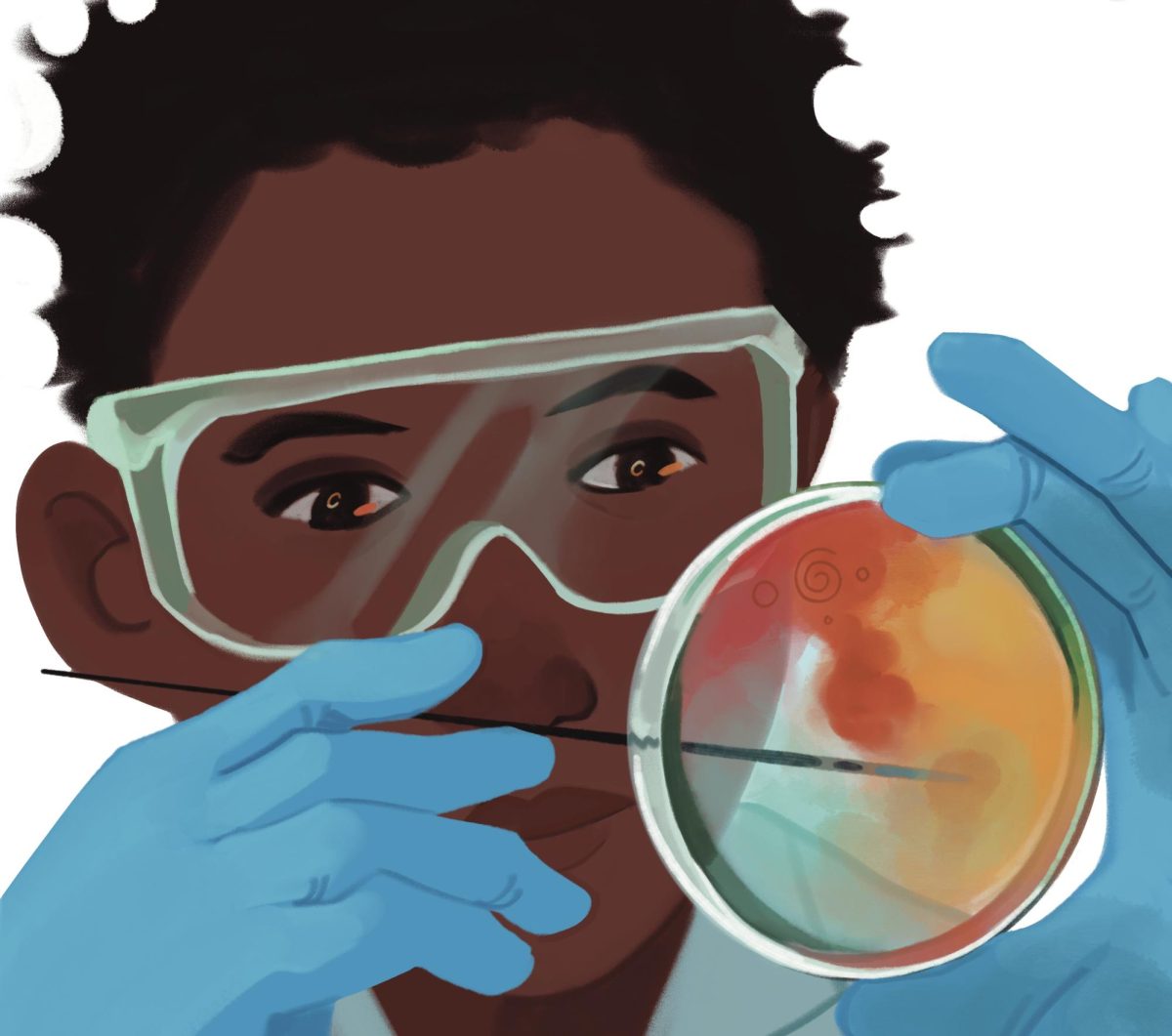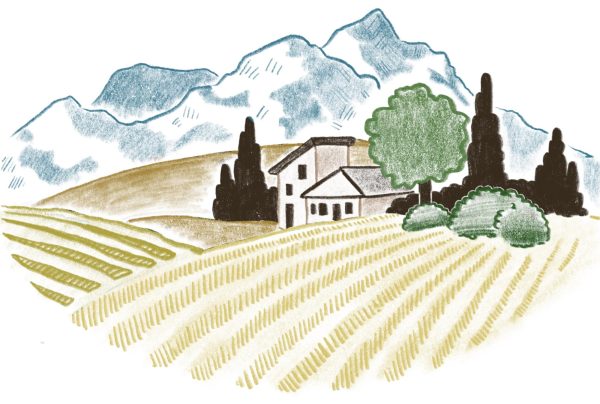
Step off campus and take a stroll downtown. Just walking down Main Street, it likely won’t take more than a few blocks before you will lose count of the wineries you’ll pass. Better yet, venture outside of the urban or residential portion of Walla Walla. Unless you’re familiar with the reputation of this area, you might be surprised at the sheer amount of vineyards you come across. It’s no mystery how the area got its nickname as the Capitol of Washington’s Wine Country.
Washington is one of the biggest wine-producing states in the United States, second only to California. With over 130 wineries in the Walla Walla Valley, the region clearly earns its reputation. In the U.S., designated wine-growing land is grouped into AVAs, or American Viticultural Areas. The Walla Walla Valley AVA extends beyond the state border into Northeastern Oregon and includes the Rocks District of Milton Freewater, meaning that the agricultural power of the region isn’t exclusive to Washington.
But why here? What is it about the Walla Walla Valley that winemakers find so attractive?
According to Antonio Petrongelli, a Walla Walla local who works in the wine industry, the reasoning is fairly straightforward.
“People want to make wine here [due to] the opportunity to try new things,” Petrongelli said. “Walla Walla has a lot of little climate pockets and different varieties that grow here that allow us to do pretty cool things.”
Petrongelli, who has worked at several wineries within the Walla Walla Valley, gained their education in the winemaking process from the enology and viticulture program at Walla Walla Community College.
“It’s two years of basically non-stop school, so over the summer we worked… It’s really hands on, [during] the first months you are doing a harvest. So not only are you out there with the grapes, the viticulture side, but you’re also in the wine cellar, the enology side,” Petrongelli said.
They currently work as a production assistant at Tranche. As a regular part of their work, they interact with grapes from various parts of Washington.
“So at Tranche… We have three main vineyards. [We have] our Blue Mountain vineyard, which is in the Walla Walla Valley. Then we have our Black Rock vineyard in Yakima. And then we have a vineyard on San Juan Island on the West [side of the state]. So that’s where we get our grapes,” Petrongelli said.
The unique climatic and geological factors in the Walla Walla Valley make it ideal for certain types of agriculture, though there is a large variety within the area itself. The growing conditions of the Rocks District of Milton Freewater have a unique, appealing effect on the wine’s taste.
“It’s really, really unique. …It [has taken] millions of years of unique events to make that one specific area…You just grow them lower and the stones hold a lot of heat, it brings a pretty unique terroir aspect to the finished product of their wine,” said Petrongelli.
The term “terroir” may be unfamiliar to some, but it’s an important concept in the world of agriculture.
“It’s all of the elements that create the characteristics of a place, and how those characteristics affect the sensory components of the agricultural products produced from that place,” said Kevin Pogue, a recently-retired Professor of Geology at Whitman.
If you have been in Whitman’s Hall of Science in recent years, you’ve likely seen Pogue’s wall of geology-themed wine labels. Pogue is a leading expert on terroir. Much of his research has focused on it; he’s published books about it, and during his time at Whitman taught a class on the subject. He went on to explain the factors that contribute to a place’s terroir.
“Everything, the direction, the slope faces, its steepness, the amount of rainfall, every climate thing you can think of, how much heat accumulates over the course of a growing season, how strong the wind blows, the depth of the soil, whether the product is irrigated or not,” Pogue said.
Terroir plays a huge role not only in the physiology of a product, but also in its marketing. For example, sparkling wines produced in the Champagne region of France tend to have a significantly greater economic value than sparkling wine produced anywhere else in the world. The location indicated on the label suggests that the product has certain qualities because of said location.
There can also be cultural terroirs, which are not to be confused with individual style.
“If all of the farmers or producers within an area have developed a traditional way of cultivation in response to the physical setting, then that is sort of a cultural terroir…. But you know, if one person decides to do it a lot differently, that’s not their terroir. That’s their style,” Pogue said.
Cultural terroirs are most easily recognizable in areas with considerable agricultural history. It is difficult to identify cultural terroirs in this part of the world since vineyards are a relatively recent development, only appearing within the past few centuries.
While some AVAs may be defined by a single terroir, this is not the case for ours. When looking at wine in this region, individual terroirs should be examined on a smaller scale.
“[AVAs] in general don’t enclose a single terroir. They enclose a group of terroirs that people in an area assemble to be representative of their area and to market the wines from their area,” said Pogue. “It’s really not appropriate to, for instance, say the terroir of the Walla Walla Valley. Because there’s huge variations in all the physical characteristics.”
The sought-after terroir that puts wines from this region on the map does not occur throughout the entire AVA. It results from our geological history.
“Our soils are deep silt loam soils which are primarily composed of loess: wind-deposited silt. That wind deposit silt is derived from the Missoula Floods,” Pogue said.
The Missoula Floods were a series of major flooding events that occurred within the entire Columbia Basin somewhere between 15,000 and 30,000 years ago. They were caused by breakages in the ice dam that contained Glacial Lake Missoula, which existed in what is now Montana. Upon these breakages, water would expel from the reservoir with extreme force and flow into the Columbia River, towards the Pacific Ocean. Geologists estimate 40 to over 100 individual flooding events occurred. Both the magnitude and repetition of these events left a significant impact on the landforms and soil, including the tributaries of the Walla Walla River.
“We do have a couple of areas in the Valley… that are quite distinctive. There are two large alluvial fans in the Walla Walla Valley. One is occupied partially by Milton Freewater. The other one, we’re sitting on it here in Walla Walla,” said Pogue.
These alluvial fans are distinct to farmers because of the interesting soil profiles that are created as a result.
“If you dig a hole anywhere in Walla Walla or Milton-Freewater, it’s nothing but basalt cobblestones,” Pogue said. “Rocky soils have long been thought of as good for viticulture. They warm up very quickly and the stones on the surface absorb heat and transfer it into the soil profile. Grapes like really warm soils.”
Outside of geological factors, there are also climatic factors to consider. Compared to areas west of the Cascade Mountains, the Walla Walla Valley is fairly dry. With less moisture in the air, farmers don’t have to be as concerned about mold or disease infecting crops. Still, it’s not a completely dry region. The land tends to support agriculture much more than areas directly west (like the Tri-Cities), which are further from the Blue Mountains.
According to Professor Nick Bader of Whitman’s Geology department, this climate is a result of the Orographic effect.
“[The air] has to go up in order to go over the mountains, and as it does that it expands and cools, and when it cools it rains… Then [the air] warms back up coming down the other side, so it’s drier. But we have a sort of secondary effect because we have the Blue Mountains right on the other side of us… so we’ll get some water coming down in the rivers in our area.”
Without these specific natural processes and historical events, the Walla Walla Valley would not have its desired terroir. It would look completely different in both culture and landscape. Next time you enjoy a glass of locally-produced Syrah, think of the Missoula Floods. Consider the Columbia River Basin and its basalts. Think of the alluvial fans here and in Milton Freewater, then enjoy the taste that you won’t find anywhere else.

